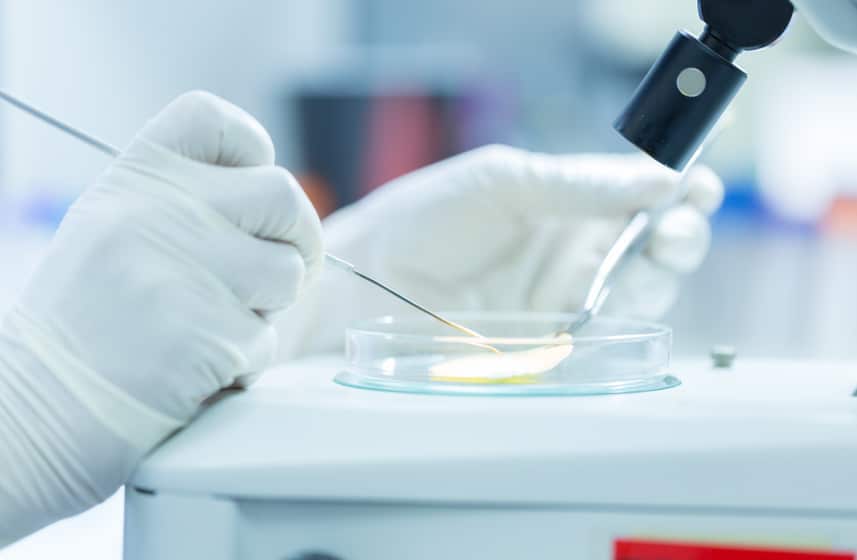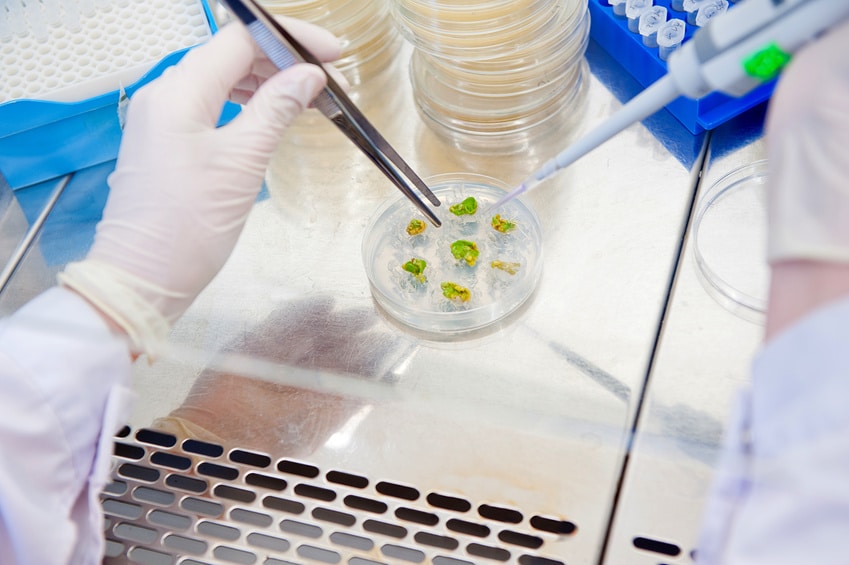From Ebola to the Zika virus, whenever there’s an epidemic we’re always relieved to know that some of the world’s best minds are hard at work in a laboratory, working out how to stop it. But how do we protect those who protect us? Microbiological safety is incredibly important to ensure that diseases and harmful organisms are contained in a secure way. The law recognises this, and there is significant legislation that dictates how microbiological agents should be studied, transported, and controlled.
The laws that dictate microbiological safeguarding measures include both general health and safety legislation and legislation that is specifically aimed at controlling microbiological agents. Some regulations are applicable depending on which hazard group the microbiological agent belongs to. There are four hazard groups, with hazard group one indicating little or no hazard, and hazard group four indicating the risk of severe human disease with no effective treatment. Below, we will explore how the law dictates the safe use of microbiological agents in the laboratory, and some specific legislation, such as that around Genetically Modified Organisms (GMO), various wet cooling systems, and the transportation of dangerous organisms.
Quick Navigation
- In the Lab
- Genetically Modified Organisms
- The Risks of Cooling Systems
- Transporting dangerous organisms
In the Lab
Both laboratories that work directly and indirectly with microbiological organisms must be aware of the regulations surrounding safety. There are a few general measures that control exposure to biological agents including: suitable and sufficient warning signs, decontamination and disinfection procedures, safe collection and disposal of waste, procedure for working with biological agents, making vaccines available, and good hygiene measures.

In order to make sure that the law has been met when it comes to dealing with microbiological risks safely, it is essential that a risk assessment is carried out. The higher the hazard risk, the more in-depth this assessment should be. Drawing on specialist advice, such as from the infection control department, when doing a risk assessment on microbiological hazards can help to make sure that your assessment has covered all the dangers of that organism. This means that you can put all the measures in place, and cure illnesses without getting ill.
Genetically Modified Organisms
Regulations surrounding GMOs differ slightly, as they have to be safe, not only for those who work with them, but also for general public consumption, in the case of plants, animals, and the environment. The 2014 Genetically Modified Organisms (Contained Use) Regulations (GMO(CU) Regulations) require that all the risks of contained use are assessed, and necessary controls are put in place. The GMO(CU) Regulations give guidelines on how to make these judgments, and place legal obligations on those who work in this field. Like other organisms, GMOs are also subject to the four-tier risk classification, and the appropriate authorities must be notified before their use. The Department for Environment Food and Rural Affairs is responsible for all deliberate releases of GMOs in England, and provide further guidelines related to this.
The Risks of Cooling Systems
Cooling systems require a specific type of microbiological risk assessment. Water-based cooling systems, such as cooling towers and air conditioning, risk developing and spreading legionella bacteria. In humans, this develops into Legionnaires disease, a severe form of pneumonia. For employers, landlords, and people in charge of premises, the duty of safeguarding against legionella falls with them. The approved Code of Practice Legionnaires’ disease: The control of Legionella Bacteria in Water Systems has guidance on how risks of legionella can be managed and controlled. This includes: appointing management responsibilities, training, identifying risks, preventing and controlling risks, monitoring, inspections, and arranging regular risk assessments. Legionella is more likely to develop in a dirty cooling system, meaning that cleaning and disinfecting the system should also be a priority.

Transporting Dangerous Organisms
Transporting dangerous organisms always holds some measure of risk, whether that is a traffic accident, spillage or any other event leading to humans or the environment being exposed to the organism. For this reason, there are regulations around the carriage of dangerous goods (the Carriage of Dangerous Goods and Use of Transportable Pressure Equipment Regulations) that identify and manage the associated risks. The regulations place duties on everyone involved in the transportation of dangerous organisms to ensure that they understand how they can minimise the risk of incidents and ensure an effective response. This includes both those who are directly involved, such as consignors or carriers, and those who would become involved in an emergency situation, such as the emergency services. Carriage of dangerous goods is regulated both nationally and internationally.
Now that you know legal safety obligations of a blog, contact the leading team of research suite suppliers and fitters at InterFocus via our homepage or by calling 01223 894833 to make sure your lab is safe and law-abiding.



